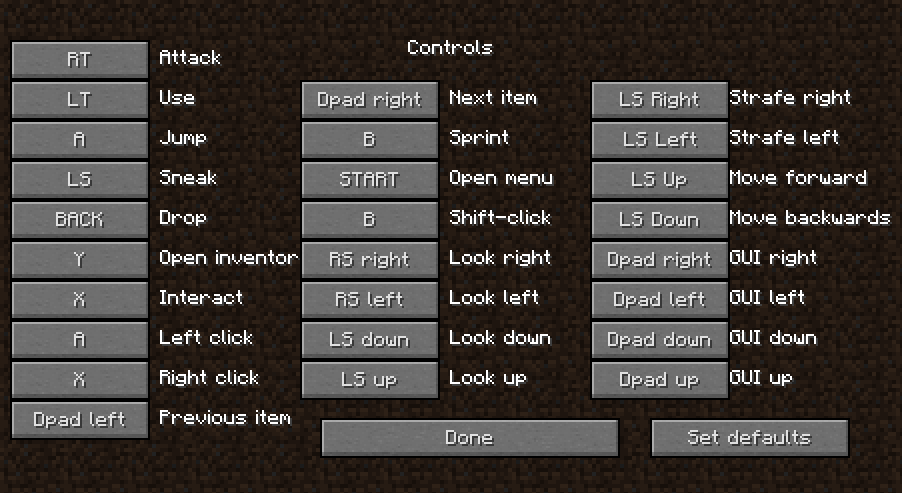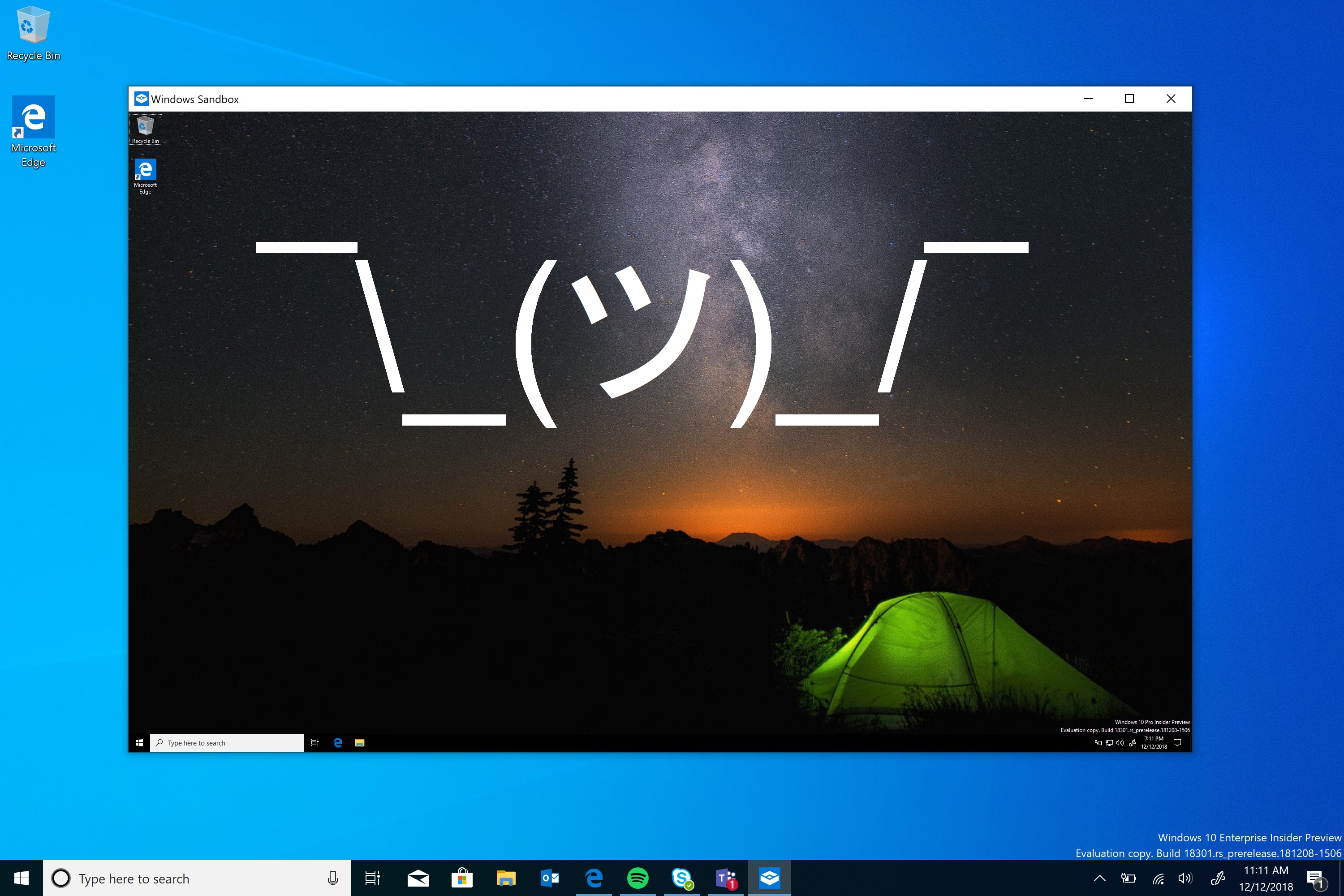

The BIOS is a small program that runs whenever you turn on your computer.

Step 3 − In the System window you can see what specific Windows version and what type of processor (CPU) your computer has. Step 2 − After the Control Panel is open, choose System. Step 1 − Open the Control Panel by searching for it in the Search bar.

To find out what specific Windows version you have, follow these steps − This is a small program that handles the boot-up of your computer making sure everything is in the right place. Virtualization has to be enabled in your computer’s BIOS. Your computer processor needs to support virtualization, or more specifically SLAT (Secondary Level Address Translation). Hyper-V isn’t available for Windows 10 Home edition.
Vm for windows 10 home edition pro#
The basic pre-requisites for creating and running virtual machines in Windows 10 are the following −Ī 64-bit edition of Windows 10 Pro or Windows Enterprise. But with operating systems like Windows 10, users can create their own virtual machines too. In the past, this feature was reserved for servers. In this case, Microsoft’s own Hyper-V.ĭue to the advanced nature of virtualization, not all computers can run virtual machines. These virtual machines are handled using a special software called a Hypervisor. They are created within a real or physical computer, allowing you to create multiple separate “computers” that can run different operating systems and programs. A virtual machine is the software emulation of a computer system. One of the features that Windows 10 has included is the capacity of creating virtual machines.


 0 kommentar(er)
0 kommentar(er)
